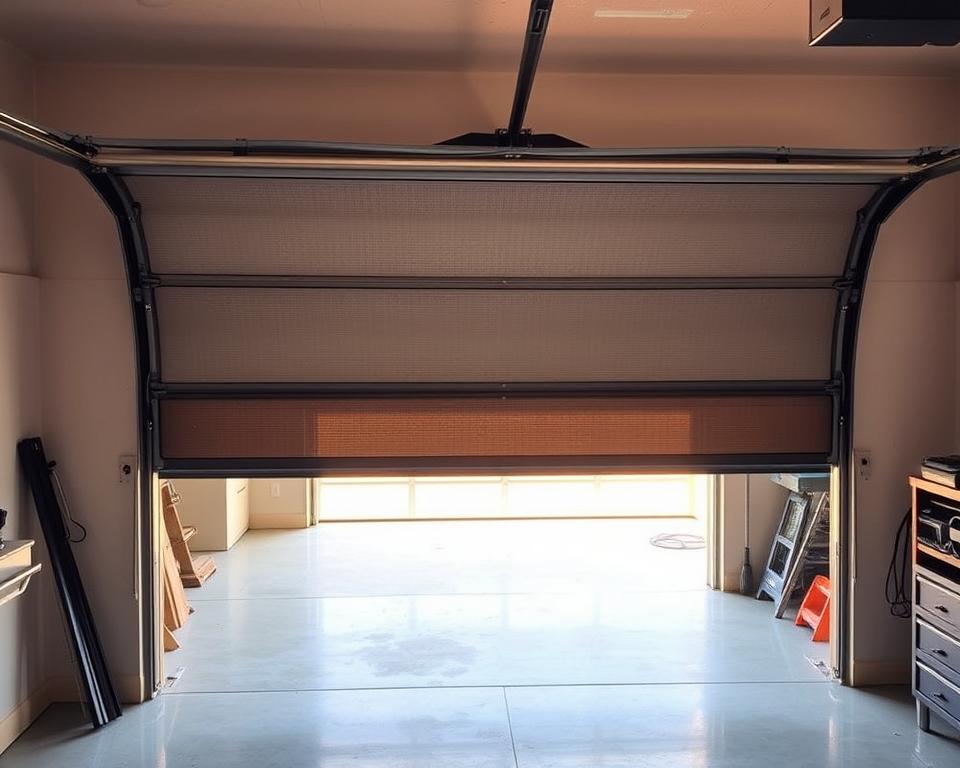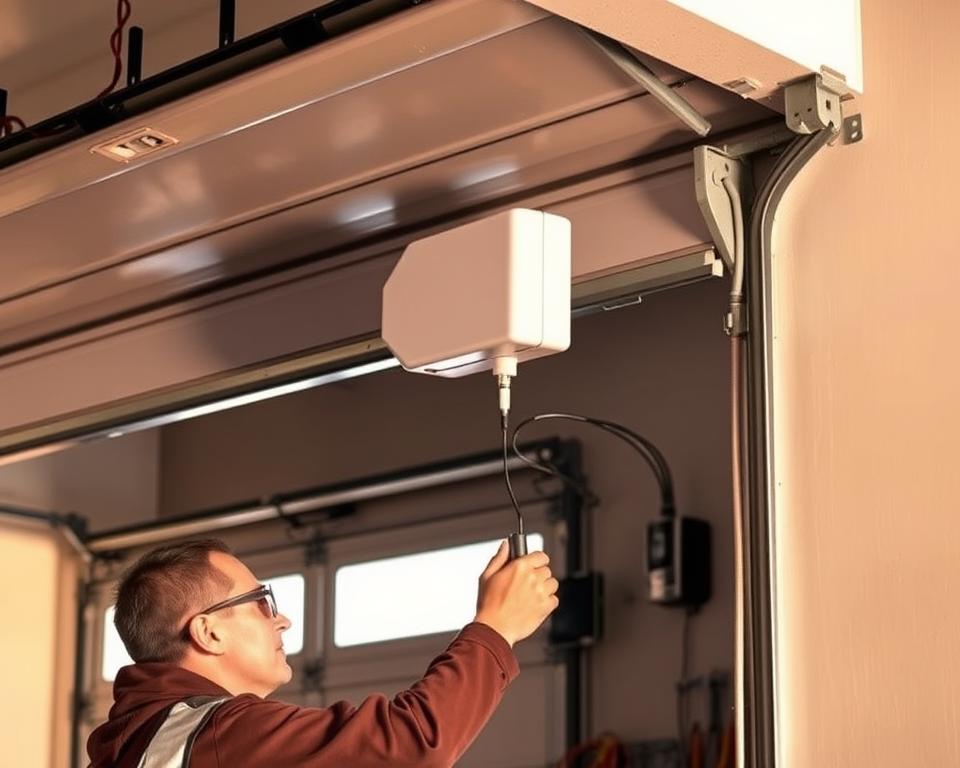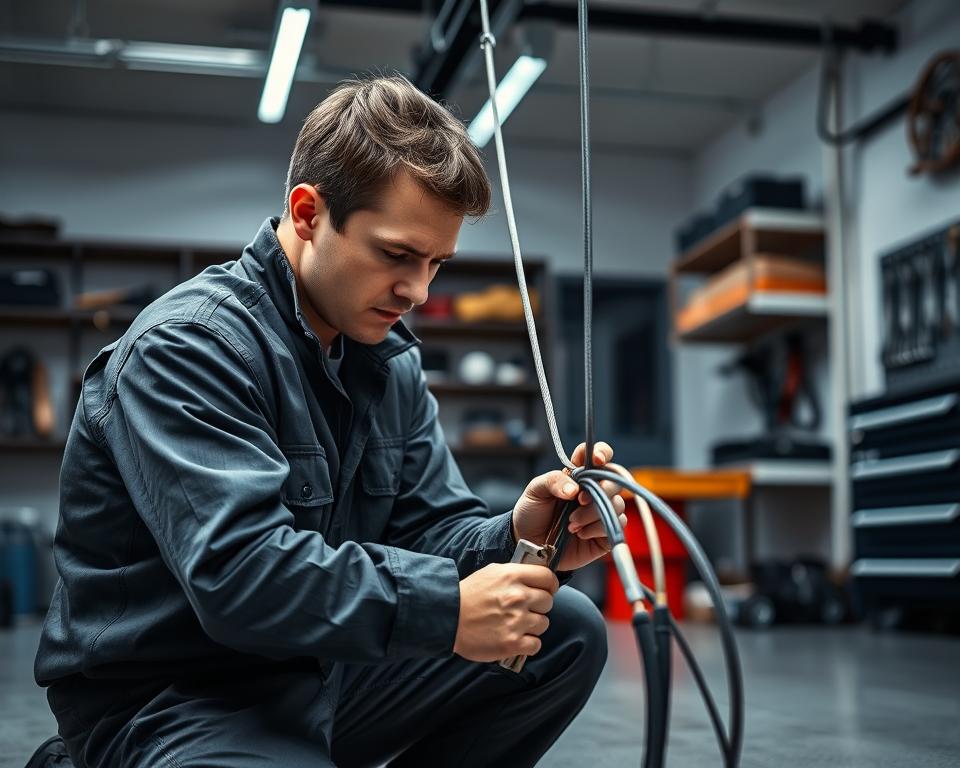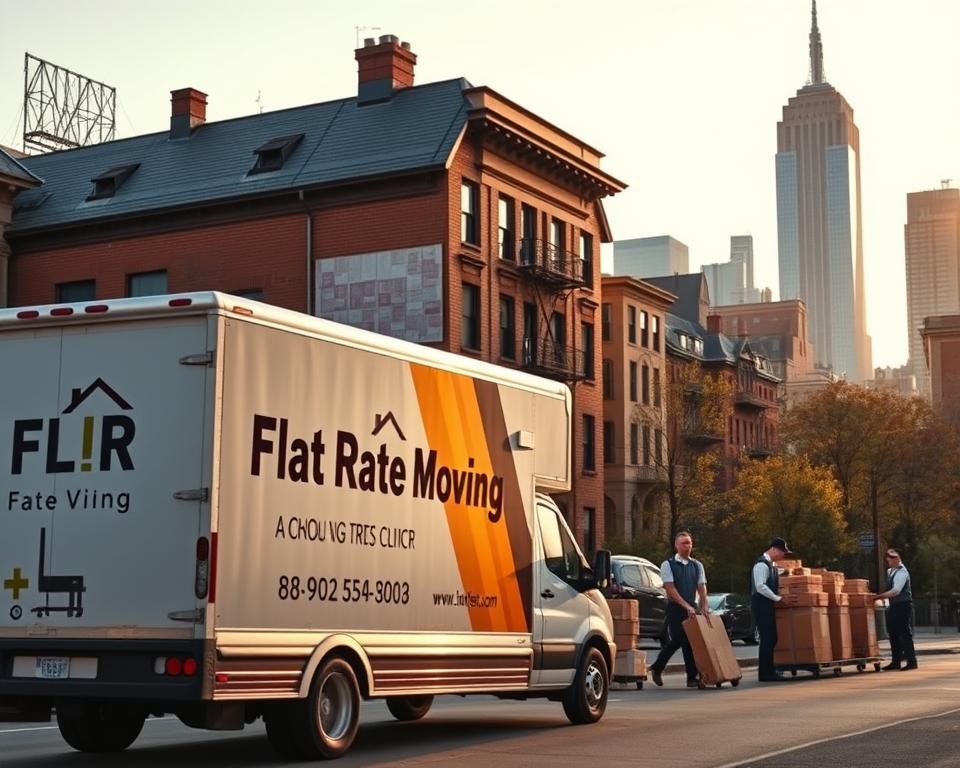Regional garage door Fitting in San Clemente – Skilled Assistance
Ever considered what distinguishes a top-notch garage door fitting provider from the sea of DIY manuals and unconfirmed competitors? In San Clemente, the option is clear: Coastline Garage Doors. This family-owned business is committed to supplying exceptional garage door services. They prioritize on quality and reliability, customized to meet the neighborhood’s particular requirements.
Selecting professional setup over DIY can significantly improve both protection and the durability of your garage door. Coastline Garage Doors provides beyond local garage door installation. They confirm your home continues to be safe and efficient for extended periods, providing tranquility with garage door repair.
Crucial Summaries
- Coastline Garage Doors is a esteemed local provider in San Clemente.
- Expert installation secures security and functionality.
- Locally owned focus to quality service is key.
- Specialist services exceed DIY pitfalls.
- Locally oriented approach builds trust and reliability.
Overview of Garage Door Services
Garage door services address a vast spectrum of needs for residents. Coastline Garage Doors excels in garage door servicing, including setup, fixing, and maintenance. A properly working garage door is vital for practicality and residential security.
Residential garage door services offer customized solutions for homeowners. This includes setting up new doors, repairing current setups, and routine maintenance to prolong door life. Expert technicians with the appropriate tools and expertise help residents of San Clemente evade DIY pitfalls.
Regular checks and specialist garage door repair in San Clemente can stop small issues from turning into big problems. Recognizing when to call for help ensures garage doors function efficiently. Coastline Garage Doors is committed on delivering exceptional service, guaranteeing every resident’s garage door system is in peak condition.
Why Professional Garage Door Installation
Selecting professional garage door services is crucial for your protection and system’s performance. Faulty installation may result in dangerous situations and costly repairs. Many homeowners disregard the intricacy of garage door installation, which can cause complications.
Selecting local garage door installation close by provides benefits. Neighborhood experts know your area’s particular demands and standards. Professional installation comes with a warranty, guaranteeing your investment reliability. Coastline Garage Doors emphasizes precision, ensuring your garage door’s performance and longevity.
A properly installed garage door also enhances your home’s protection, averting break-ins. Investing quality services prevents future repair charges and raises your home’s market value. Your garage door is essential for daily functions, rendering professional installation necessary.
Neighborhood Garage Door Installation in San Clemente
Choosing local garage door installation in San Clemente offers unique perks to both homeowners and the neighborhood. It guarantees quick support and a concentration on customer needs. This is priceless when making choices during the setup process.
Why Choose Local Services?
Choosing local services promotes neighborhood growth and provides individualized attention. Local businesses are acquainted in San Clemente’s unique standards and climatic conditions. They can recommend the optimal alternatives for the locality.
Additionally, a local service delivers speedier response times for any problems. This guarantees peace of mind for residents.
Advantages of Expert Installation
Expert installation delivers quality workmanship. Specialists use top-notch components during overhead garage door installation in San Clemente. This boosts your garage door’s longevity and performance.
A trusted provider, like Coastline Garage Doors, delivers warranty assurance. This minimizes risk limits the possibility of costly repairs in the long run. It offers homeowners confidence in their expenditure.
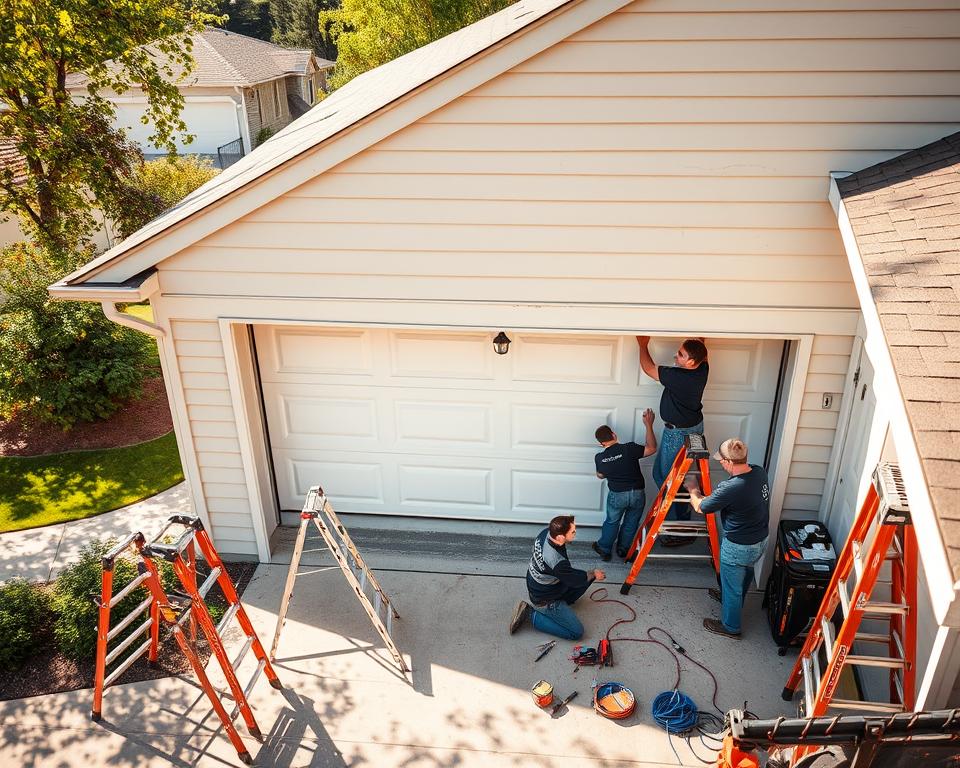
Kinds of Garage Doors Available
Opting for the right garage door for your residence demands knowledge of the diverse options. Coastline Garage Doors delivers a selection of options, including stylish overhead garage doors and practical residential garage doors. These options accommodate varied architectural designs and price ranges, guaranteeing that customers discover the optimal match for their residences.
Overhead Garage Doors
Overhead garage doors are gaining popularity due to their space-saving design and modern aesthetics. An automatic garage door installation improves the convenience of using your garage, allowing for seamless entry and exit. These doors typically come in various materials, including steel, aluminum, and wood, each with unique advantages. With features such as insulation and diverse panel designs, homeowners can customize overhead doors to suit their home’s character.
Residential Garage Doors
Residential garage doors deliver practicality and protection while boosting your home’s exterior charm. Coastline Garage Doors offers several styles, from classic to modern. Homeowners can select attributes such as decorative windows, panel designs, and colors to enhance the facade of their homes. Investing a new garage door in San Clemente not only enhances the aesthetic but also boosts property market value. Whether pursuing performance or style, these options deliver on both fronts.
Garage Door Opener Installation
Garage door openers are essential for the ease and safety of modern homes. They are available in diverse models, each with unique attributes to meet diverse needs. Homeowners often pick between belt-driven, chain-driven, or smart openers. Each type delivers distinct pros in functionality and noise levels.
Belt-driven openers are quiet, ideal for homes with bedrooms near the garage. Chain-driven models are more audible but tougher and powerful, perfect for heavier doors. Smart garage door openers enable users to operate their doors via smartphone apps, enhancing safety and distance control.
Coastline Garage Doors excels in expert garage door opener installation. Experts evaluate homeowners’ demands and recommend the best opener type for efficient operation. This automatic installation enhances simplicity and permits users to combine their openers with various smart home devices, streamlining control.
Typical Garage Door Issues and Solutions
Garage doors often face diverse problems that impact their performance and protection. Issues like off-target tracks, faulty openers, and damaged springs are typical. Misaligned tracks can make the door challenging to use. Faulty openers lead to operational issues. Defective springs are a risk, as they carry the door’s mass.
Many of these issues can be addressed with straightforward DIY fixes. Modifying the tracks’ alignment can improve door operation. Regularly checking and changing opener batteries also supports. Securing loose parts secures door firmness.
While some repairs are manageable at home, advanced issues demand expert help. Coastline Garage Doors specializes in home garage door services, addressing complicated problems with expertise. Opting for these specialists for garage door repair San Clemente ensures protection and efficient results. Their know-how guarantees assurance and optimal door function.
Repair Solutions for Garage Doors in San Clemente
Coastline Garage Doors offers crucial repair services for garage doors in San Clemente. Their crew is devoted to delivering swift support for any emergency garage door issues. A faulty garage door can result in a lot of trouble, and professionals understand how vital it is to fix it fast.
The array of expert garage door services includes:
- Parts replacement for faulty springs, wires
- Track realignment to guarantee effortless operation
- Emergency repairs to address sudden breakdowns
- Periodic maintenance checks to prevent potential issues
Coastline Garage Doors focuses on excellence and consistency. They utilize high-quality parts and approaches for repairs. Their proficient technicians rapidly diagnose and repair issues. Customers can count on obtaining superior garage door services that ensure proper operation and provide safety.
Choosing the Right Garage Door for Your Home
Choosing the perfect garage door is more than just picking a design. It’s about finding one that fits your home’s structure and satisfies your requirements. Whether you favor classic or current, the door should embody your preference.
The choice of material selection is vital for durability and upkeep. Steel, wood, and fiberglass possess unique strengths. Steel is easy to maintain, while wood infuses a traditional touch. Proper insulation is also crucial. It enhances thermal efficiency and lowers noise, making your garage more comfortable.
Cost is a important element in your choice. Being aware of your financial plan assists you to focus on options that are both affordable and quality. Regional experts can offer useful insights on pricing and services that fit your price range.
Coastline Garage Doors offers personalized consultations to guide you to locate the perfect entry. Their expertise confirms your choice aligns with your preferences and needs. A well-informed decision will boost your home’s value and performance.
What Sets Coastline Garage Doors Apart
Coastline Garage Doors distinguishes itself by focusing on excellence and customer contentment. It offers specialist garage door services designed to fit each client’s specific needs. The business’s promise to professional garage door setup means every task is handled with attention and care.
Customer Satisfaction Guarantee
Coastline Garage Doors upholds its promise of customer contentment. This assurance reflects the firm’s trust in its craftsmanship and solutions. Homeowners can rely on their investment, with warranties covering both components and service.
Professional Technicians and Premium Parts
Coastline Garage Doors maintains a crew of experienced technicians with comprehensive experience. They are ready to handle various projects and repairs, maintaining efficient service. The firm utilizes top-quality parts from esteemed manufacturers for durable performance and endurance.
Maintenance Tips for Your Garage Door
Regular maintenance is key to keeping your garage door functioning properly. Homeowners should consistently inspect for deterioration. This entails examining springs, wires, and tracks to catch issues promptly.
Regular lubrication is crucial for maintenance. Apply a silicone lubricant on operating elements to minimize friction and noise. Focus on rollers, hinges, and the track. This simple step enhances the door’s efficiency and prolongs its longevity.
Understanding when to seek professional assistance can reduce time and exertion. If you detect strange noises, have difficulty opening or closing or spot deterioration, call for assistance. Coastline Garage Doors emphasizes the need for professional services for reliable and dependable operation.
To keep your garage door in optimal condition, follow a maintenance schedule. This includes:
- Every month check-ups for damage
- Quarterly lubing of all moving parts
- Annual expert assessments to evaluate general condition
Consistent upkeep prevents unexpected repairs and gives you peace of mind. It allows residents to enjoy their garage doors with confidence.
Local Credibility and Standing in San Clemente
Coastline Garage Doors has built a strong reputation in San Clemente. Their dedication to excellence and customer happiness is apparent. Community members commend their quick responses and detailed work, establishing their reliability.
User reviews emphasize the impact of their local garage door installation. People value not just the services but also the ongoing support. This commitment on superiority has created lasting bonds with homeowners who seek trust and quality.
Feedback often mentions the positive experiences with garage door installation. Customers gain assurance knowing they can depend on a local provider. Coastline Garage Doors stands as a leading choice for garage services, prioritizing community requirements.
In Summary
Opting for local garage door installation in San Clemente substantially increases your home’s protection and looks. This discussion emphasized the critical role of specialist installation. It also explored the range of garage door choices and the significance of maintenance and trustworthy repairs.
Coastline Garage Doors excels for its focus to excellence in garage door services. Their commitment to customer happiness and a team of adept technicians guarantees your requirements are managed with supreme care and accuracy.
If you’re contemplating an upgrade or restoration for your garage doors, reaching out to them immediately is a step towards enhancing your home’s worth and protection. Opting for exceptional solutions can elevate your home with unmatched workmanship.


